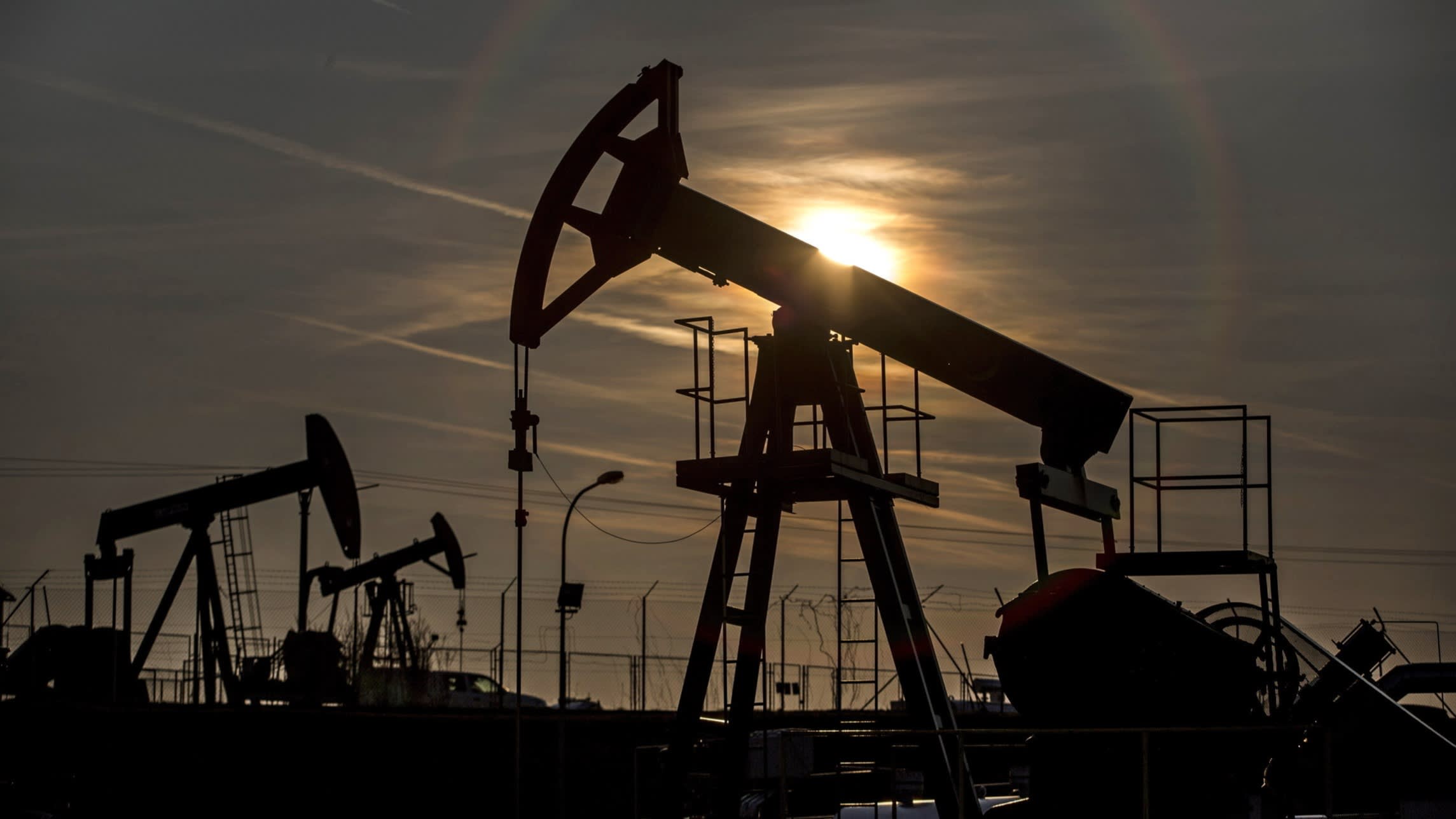
Stay informed with free updates
Simply sign up to the Oil & Gas industry myFT Digest — delivered directly to your inbox.
The Opec+ oil cartel said on Sunday it would raise production by a further 547,000 barrels a day from September, fully reversing its nearly two-year-long strategy of propping up prices by holding huge quantities of crude off the market.
The decision marks the end of an agreement that began in January 2024 under which eight members, led by Saudi Arabia, Iraq and the United Arab Emirates, voluntarily cut their daily output by 2.2mn barrels aimed concerns about the rise of electric vehicles and sluggish oil demand growth in China.
But the cuts, which were initially slated to last for three months, failed to arrest the downward trend in prices and created internal tensions as the cartel lost market share to increases in production by the US, Brazil and Canada.
Brent crude prices on Monday slipped 0.3 per cent to $69.46 a barrel, close to a 7 per cent decline for the year to date.
In December, Opec+ signalled that it would start “gradually” unwinding the cuts from March. Since then it has moved far more swiftly, surprising traders by bringing back supply at a pace that puts it roughly a year ahead of its initial schedule.
That includes an extra 300,000 b/d of production granted to the UAE.
As a result many forecasters predict a glut of crude could hit the market by this winter. French oil major TotalEnergies warned recently that oil would soon be “abundant”, especially if the global economy slows.
So far the market has absorbed the extra Opec+ barrels, with demand bolstered by the summer travel season. The price of Brent crude fell 19 per cent to below $60 a barrel between April and May as traders priced in the supply increase. It has since rebounded, reaching $69 at the end of this week. Prices were supported by the Israel-Iran war, which raised fears of sudden disruption to oil flows, and by the latest series of US trade deals.
The cartel still has in place two other tranches of cuts; a voluntary cut of 1.65mn b/d from eight members and a 2mn b/d cut across all its members, which are due to expire at the end of 2026.
The group is now likely to debate how to bring that oil back on to the market, but the mood at its July seminar in Vienna was cautious. One attendee, who asked not to be named, described it as “pretty bearish”.
“Most people said they were enjoying the summer strength but we should brace ourselves for a good period of substantial oversupply,” they said. “The mood was one of sailors before the storm.”
Supply could tighten in 2026 and 2027 as lower prices cause non-Opec producers, led by the US, to limit their increases in output.
Energy consultancy Rystad forecasts that non-Opec countries will increase production by over 1.4mn b/d this year, then 1.1mn b/d next year, but only 91,000 b/d in 2027.
Energy Aspects, another research firm, expects a similar deceleration, projecting growth of 1.1mn b/d this year, 900,000 b/d next year and then 300,000 b/d in 2027.
Analysts at Barclays said in a note last week that with growth slowing, particularly in the US, “we see a need for Opec to increase production . . . and believe Opec could use its spare capacity for the first time in a decade, which could ultimately push oil prices higher”.



